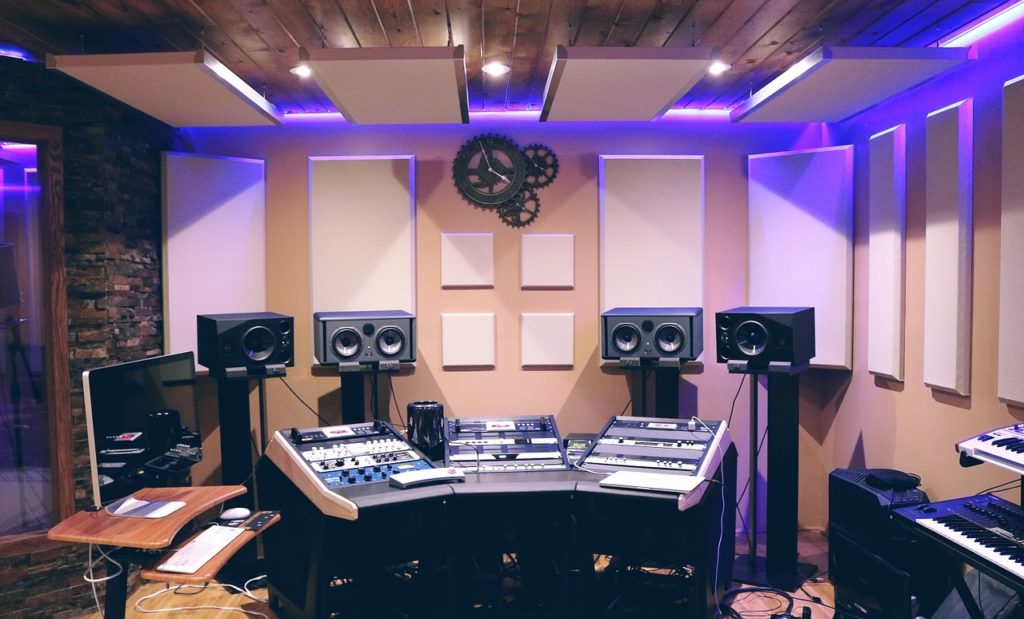Recording using audio software has become easier than ever, but not everyone knows how to get a good recording. Thankfully, there are some easy tips to get you sounding your best. Check out the following:
Use Quality Equipment
The only way you’re truly going to get a quality recording is if you use quality equipment. Now, this isn’t to say that you need to go and shell out big bucks for professional-grade microphones, pre-amps, and effects racks, but you will need to keep in mind that your recording will only be as good as your equipment. These days, there are plenty of low-cost options for “pro-sumer” audio equipment. Take a look around some audio engineering forums to learn what others are using.
Use Multi-Track Recording When Possible
Multi-Track recording is the process of recording each instrument by itself and then mixing everything together when all tracks are recorded. To do this, it’s a good idea to start with the drums. Have the drummer play to a metronome so that he or she maintains a steady beat. Next, have the bass player or bass instrumentalist play to the drum track while wearing headphones. From there, other instruments can be recorded playing to the bass and drums together. It’s often a good idea for any vocals to go last. Using this method, your final recording will sound much more polished and less like you set up a microphone at a concert.
Reduce Reverberation
Reverberation is the sound of echo. If you go into a cave or a gymnasium and yell loudly, you will hear your voice echo back as the sound bounces off of hard surfaces. When recording, your microphone will pick up echoes, even if they are faint. This is why it’s important to use some type of insulation in the room in which you are recording. There are professional types of foam padding that help to deaden sound, but you can also use pillows, blankets, and regular foam. Spread these items around the room where you’re recording, and if possible, attach them to the wall. This will help to absorb reverberation, allowing you to add your own custom reverb when you’re mixing your tracks.
Record Multiple Takes
Whenever you’re recording, do multiple takes. This may seem tedious, but it will give you more material to work from when you get into the mixing process. While you may have thought the last take was great, you might also find out later that there was a slight mistake in your performance. When you have multiple versions of each track to choose from, you can find the best one, making the final product as perfect as it can get.
Take a Look at How to Sync Music Via WI-Fi Without Using iTunes!


